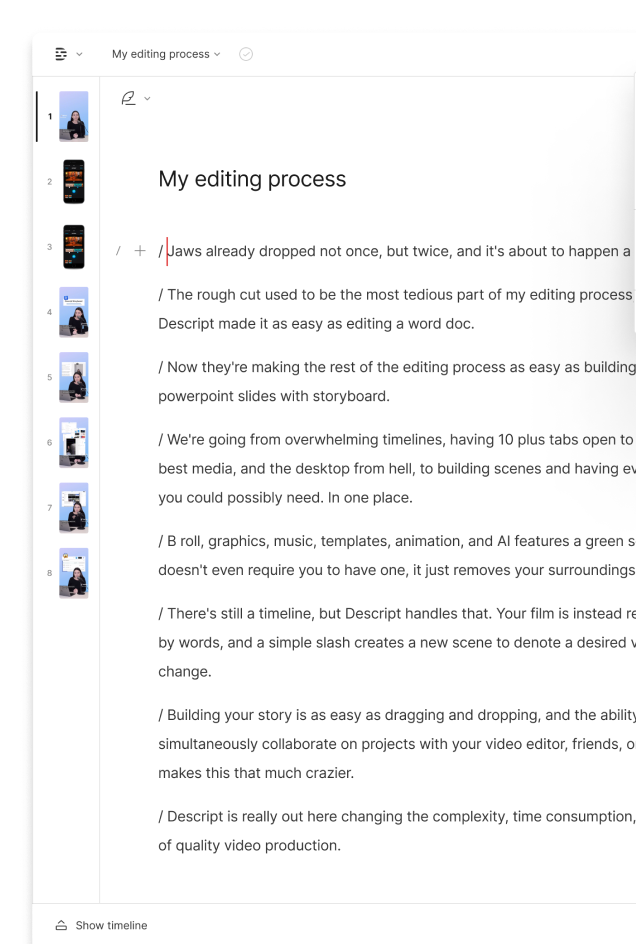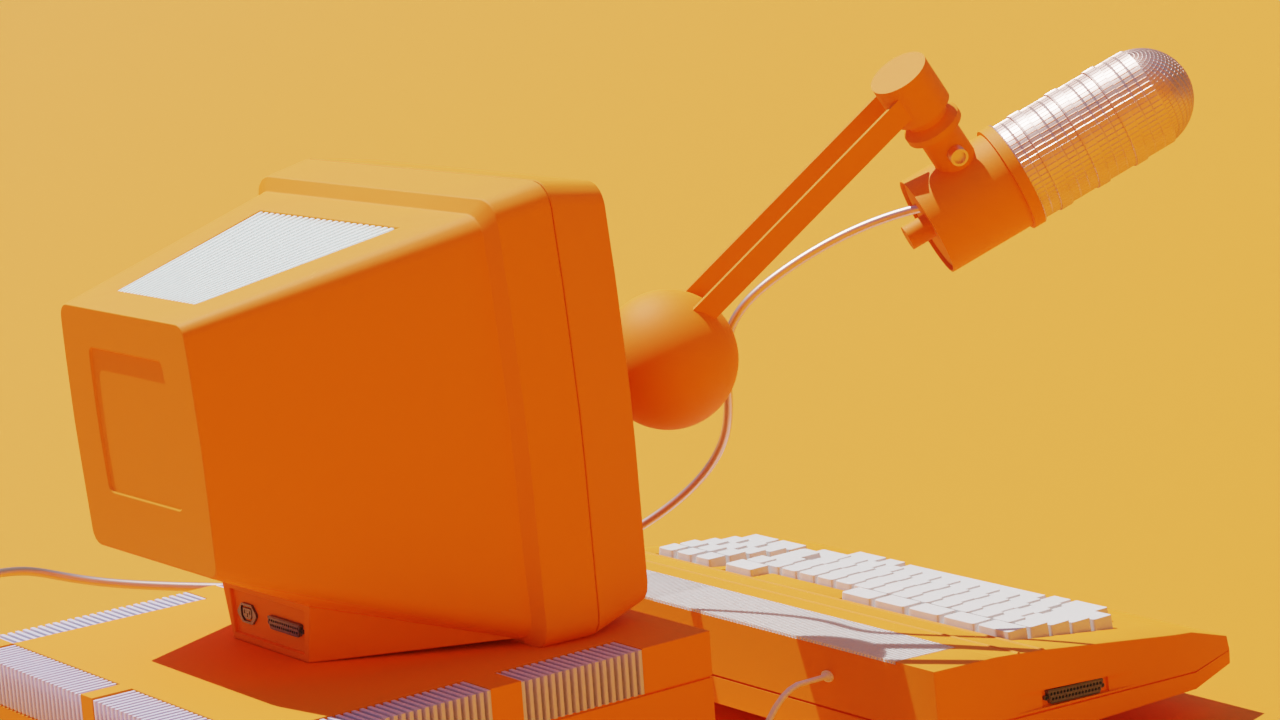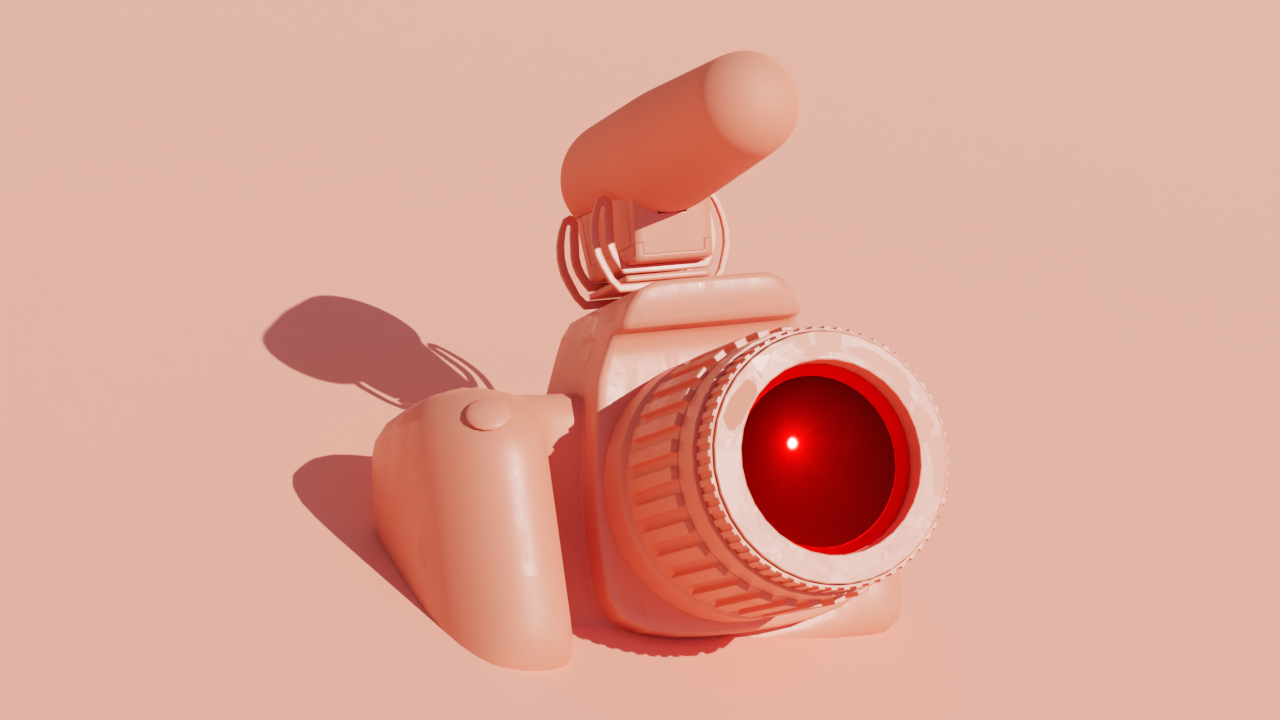What type of content do you primarily create?




Regardless of what type of podcast episodes you produce or how beautiful your voice is, your audience will expect to hear some quality music between segments. Not only does transition music make your pod feel more professional, but it also helps you segue from one topic to another without awkward transitions like “Okay great, let’s talk about X...” or “That’s enough of that crap, let’s talk about X.”
Background music can add to the listening experience too, creating a sense of menace or suspense or whatever emotion you want to evoke. And high-quality music and sound effects can help attract discerning listeners and separate your podcast from the millions of others out there.
Before you go trawling through music archives in search of the perfect track, though, you should know that you’ll likely have to pay. If you’re using someone else’s creative product to which they own the rights, you’re on the hook (legally) to compensate them. That doesn’t mean you’ll have to shell out the big bucks on music licensing for copyrighted music since there are plenty of royalty-free tracks out there. With that in mind, it’s time to dive into the wonderful world of music for podcasts.
What music should you include in a podcast?
As with any other creative endeavor, “should” is a slippery concept here. If a track works for the flow of your podcast, go for it. That said, here are some general pointers on the types of podcast music to include if you’re figuring out the best way to build your podcast’s soundscape:
- Podcast intro music or theme music. Theme songs are important as they help set the tone for the show and get your listeners excited about what’s to come. That doesn’t mean they have to be involved. In fact, simpler and shorter — no more than 30 seconds — is better, since you don’t want new listeners to get bored right off the bat. Your podcast theme music should introduce the show’s content and serve as a concise branding statement. That can be a tough needle to thread, so take your time picking music that’s right for you.
- Transition music or score. If podcast intro music is flashy and expository, the music typically used in-episode is pretty much the exact opposite. Once you’re into the meat of the episode, your audience should be focused on the content; the aesthetics should enhance the experience without taking away from the main story. So think mellower, less obtrusive and thematically in line with the rest of the production. Also, again, short. You probably don’t want to play “Stairway to Heaven” front to back every time you pivot to a new topic. A quick sting (short musical phrase) or a 5- to 10-second bit of mood music is ideal.
- Outro music. The end of your podcast is an opportunity to intrigue, charm, and excite your listener. And your outro music is a big part of that. As you wrap up your show, fade up the inviting jams and remind everyone to come back for the next episode, because there’s more of that good stuff to come.
How to find tracks you can legally use
You can pretty much use whatever tracks you have permission to use. That could mean enlisting a friend to knock out a quick guitar riff and paying them in pizza or buying some copyright-free music to use whenever you want. Luckily, there are plenty of sites that offer good podcast music at a reasonable price. Below are some to get you started.
Even if you don’t wind up using music from one of these services, it’s hard to overstate how pleasant it is to gambol through their catalogs. If nothing else, you could wind up with a better idea for the kind of tracks you’d like to include in your podcast. Maybe it’ll even inspire you to dust off that old keyboard and conjure up some transition music of your own.
- Epidemic Sound. Epidemic Sound is fairly inexpensive ($9/month when you sign up for a year) and has an extensive selection of laidback tracks you can use as music for your podcast. Consider this ditty or a similarly mellow alternative from their library.
- AudioJungle. An a la carte option, AudioJungle doesn’t require a subscription and charges you by the tune — and they have plenty of them. This track, for example, was specifically designed as background music; this one is supposedly intended for infographics, but we won’t tell if you use it as transition music.
- Artlist. You don’t have to go totally ambient. A simple, vocals-free beat like this one can wake up your audience and get them moving to your next segment. Since Artlist lets you search by mood, you could even amp up the drama. (True crime, anyone?) Subscriptions start at $9.99/month.
- Purple Planet. A lot of Purple Planet’s music can be used for free on YouTube, provided you include an attribution. Beyond that, you’ll need to pay, with a standard license starting at $8. Their browsing system is also easy to use since it breaks down tracks by emotion. For transition music, “gentle” and “chilled” are both great places to start.
- Audiio. If you want to pay once and be done with it, Audiio offers lifetime plans starting at $59 for your first year that allow you to do just that. The platform’s “peaceful” filter is a great place to start with pleasant instrumentals like this one and this folksier alternative.
















































